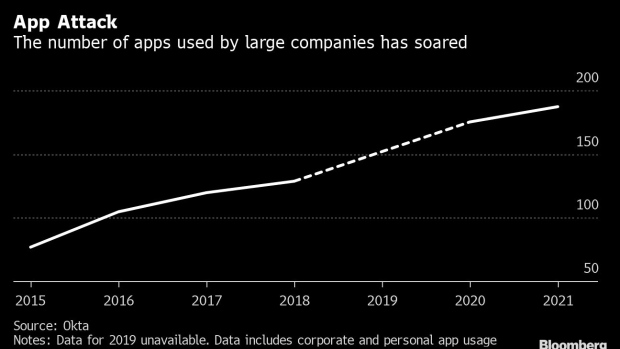Microsoft’s Windows holds the lion’s share when it comes to desktop operating systems and one of the biggest selling points that has since been the biggest hurdle for users looking to ditch the platform is support. apps.
There are tons of applications designed for Windows, which cannot be said for niche operating systems. However, this might change as more and more users rely on the internet and online tools to do their job.
Advertisement – Continue Reading Below
Enter the era of Progressive Web Apps, affectionately abbreviated as PWA. These Progressive Web Apps are just that, us-based apps and as such can be installed to run on any platform with a compatible or supported web browser.
Read more:
We recently looked at how to install Progressive Web Apps on Chromebooks and since Linux is just as exciting, why not show you how?
How to Install PWA on Linux
Now, it’s important to note that not all websites support PWA, and your mileage may vary depending on your workflow and the online tools and platforms you use. To get started, you need to be running Google Chrome or a Chromium-based web browser.
Some of the browsers I’ve had success with include:
- Google Chrome
- Chromium Browser
- Vivaldi
- brave navigator
- Microsoft Edge
Using your preferred supported browser, simply navigate to your favorite website or supported online tool. In this demonstration, I will install Google Meet.
You know the website supports PWA when you see this icon in your address bar. It will look slightly different on your browser, but it should appear as soon as the page fully loads.
Click on it and you will see a pop-up informing you that you can install the application on your Linux computer. Click on Install and that’s all!

Your application should now open in a standalone window and, depending on your distro, you should see a Service Dock icon. The app will also be installed in your launcher.
You can do the same on Linux for as many online services as you want as long as they support PWA. It’s a great way to build your own workflow and ecosystem of apps that work well no matter what operating system you’re on.
Advertisement – Continue Reading Below

Although there will always be room for specialized applications like AutoCAD, PhotoShop, Adobe Premiere, Final Cut Pro, etc. for professionals, the average user will be more than comfortable with Progressive Web Apps and we recommend people try these lesser-known apps. Operating systems.




